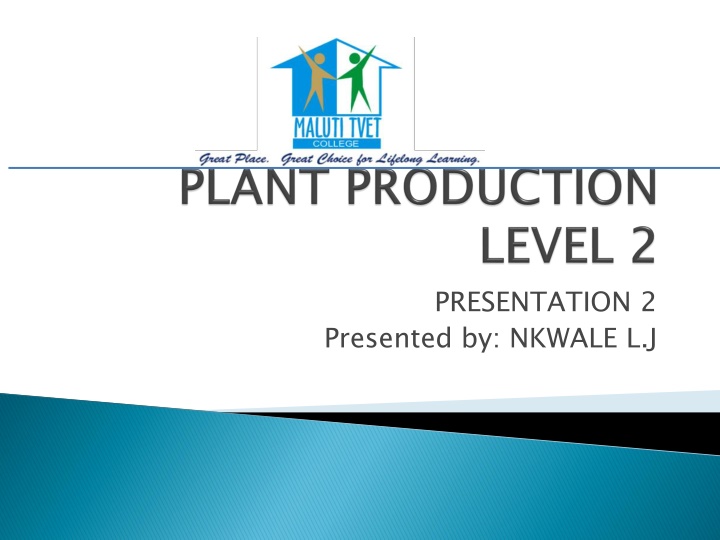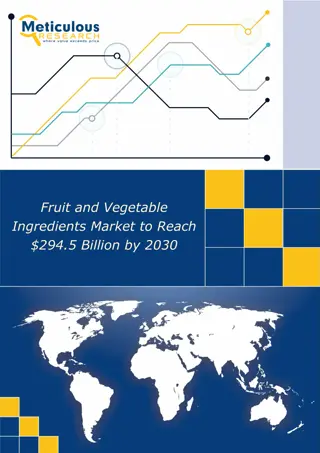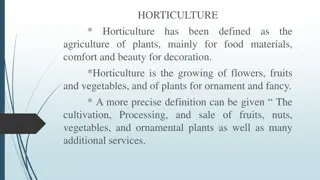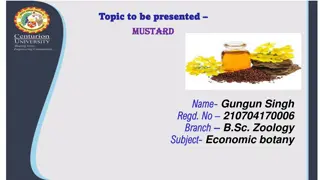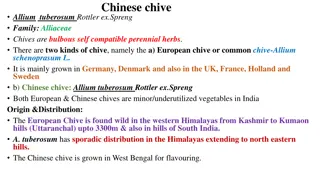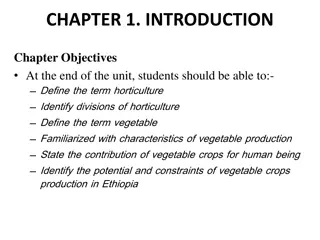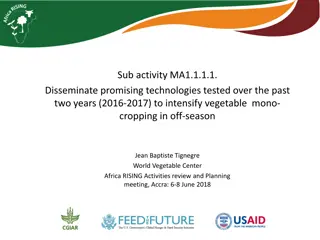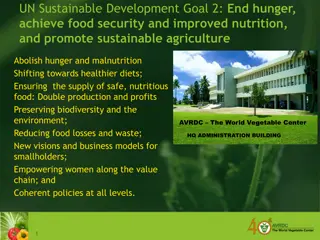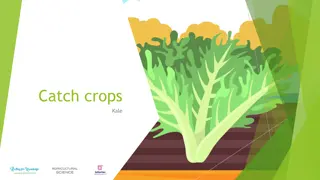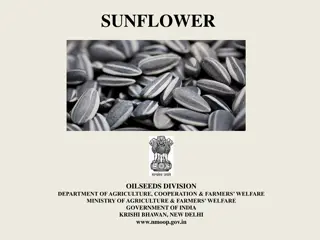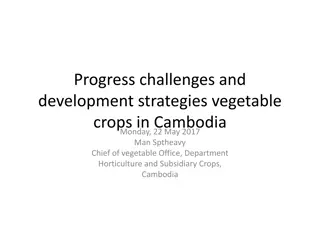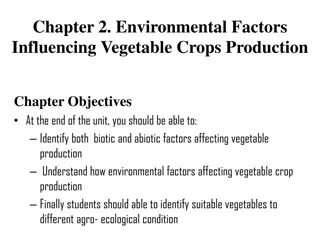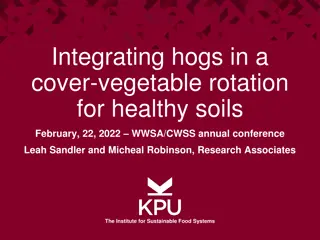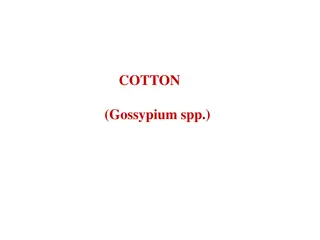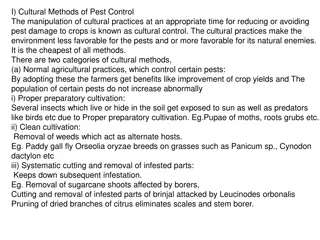Comprehensive Guide to Vegetable Cultivation for Beginners
Practical steps for successful vegetable cultivation, including site selection, soil preparation, planting procedures, post-harvest techniques, and more. Learn about the principles governing vegetable production and essential considerations for a thriving vegetable garden.
Download Presentation

Please find below an Image/Link to download the presentation.
The content on the website is provided AS IS for your information and personal use only. It may not be sold, licensed, or shared on other websites without obtaining consent from the author.If you encounter any issues during the download, it is possible that the publisher has removed the file from their server.
You are allowed to download the files provided on this website for personal or commercial use, subject to the condition that they are used lawfully. All files are the property of their respective owners.
The content on the website is provided AS IS for your information and personal use only. It may not be sold, licensed, or shared on other websites without obtaining consent from the author.
E N D
Presentation Transcript
PRESENTATION 2 Presented by: NKWALE L.J
The practical cultivation of vegetables is undertaken following procedures
Establish what principles govern vegetable production Select a crop suitable to the climatic and soil conditions Prepare the soil following the requirements of the selected crop Plant the crop according to the set procedures(spacing- intra & inter, fertilizer, application, watering, etc.)
Apply suitable post-harvest or on-farming storage procedures for crop. Monitor the development of the crop ( pest and disease control, weed control, application of fertilizers, etc.) until harvest.
SELECTING A SITE- When growing vegetables, it is important to pay special attention to selection a good side for your vegetable garden. Do not lay out the garden where there are many trees as they will shade the ground and take nutrients from the soil. FENCING THE SIDE- after choosing a suitable place for the vegetable garden, fencing the area is important to prevent cattle or wild animals from spoiling any work that has been done there.
CLEARING THE SITE- When clearing a site for vegetable garden, bushes and trees need to be removed. Before any vegetables are planted, the soil should be dug thoroughly. Take note not to bring too much of the sub-soil to the surface. There is very little plant food available in the subsoil. PREPARING THE SOIL- After clearing the land for vegetable garden, the soil should be well prepared. Work a large amount of organic material into the soil. This must be done well in advance to ensure that this material has composed by the time you start cultivating the garden.
THE SLOPE OF THE SITE IS IMPORTANT- In laying out the garden, it is important to examine the site to see the slope of the land. The seedbeds must be placed length-wise across the slope of the ground. This will prevent a good deal of damage that might result from storm water rushing through the garden. MARKING OUT THE BEDS- To mark out the beds, use a long piece of string or measuring tape, together with number of wooden pegs to mark the corners of the beds.
As with selecting good seed, selecting a good site is also an important first step. This unit looked at how to select a good site, how to clear and fence it and how to prepare the soil. You should also have gained some practical experience in the planting and laying out of seedbeds for a vegetable garden.
ANSWER THE FOLLOWING QUESTIONS BASED ON VEGETABLES WE HAVE PLANTED PER GROUP. Provide your crop Provide its climatic conditions Provide its soil requirements And provide its spacing(inter & intra) and its effect on growth and yield Name six factors to keep in mind when preparing the soil for vegetable production and explain them Provide importance of correct application of fertilizers in a vegetable garden TOTAL=30 1. 2. 3. 4. 5. 6.
